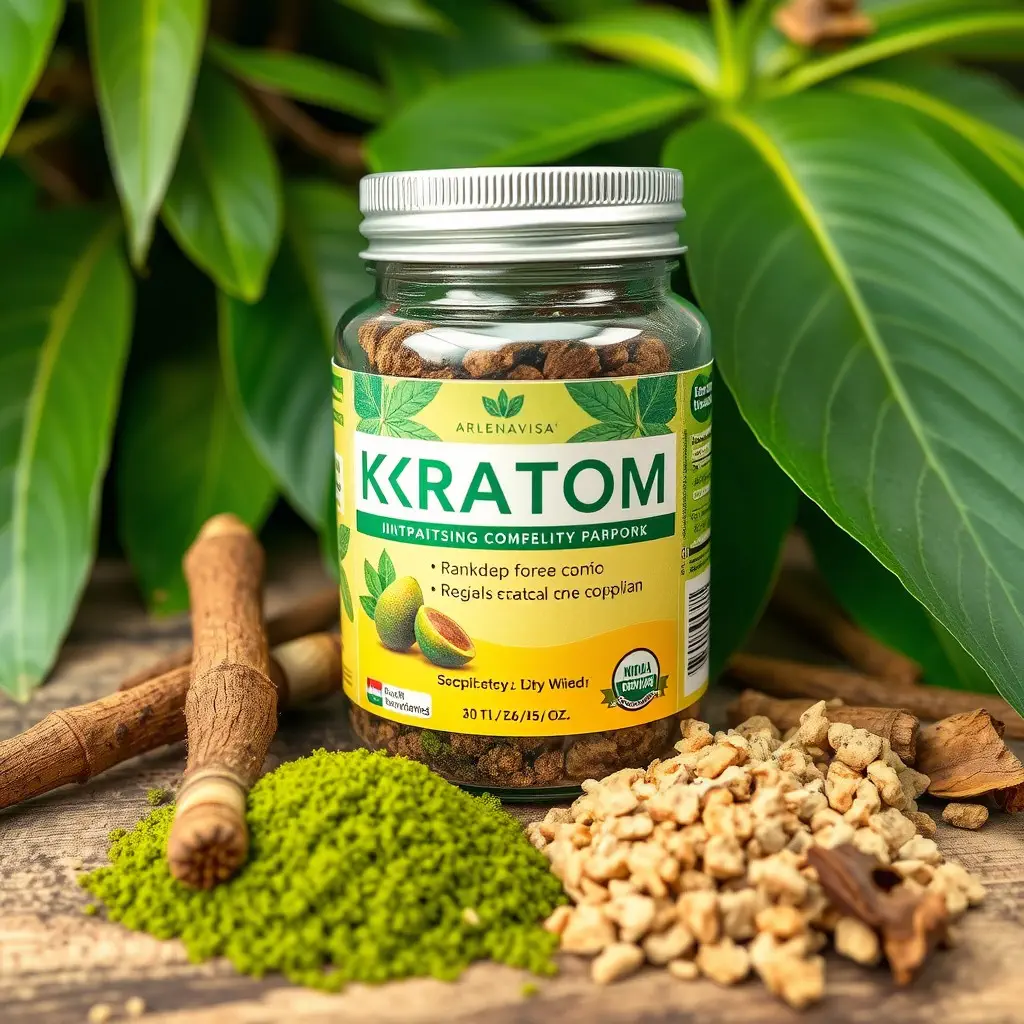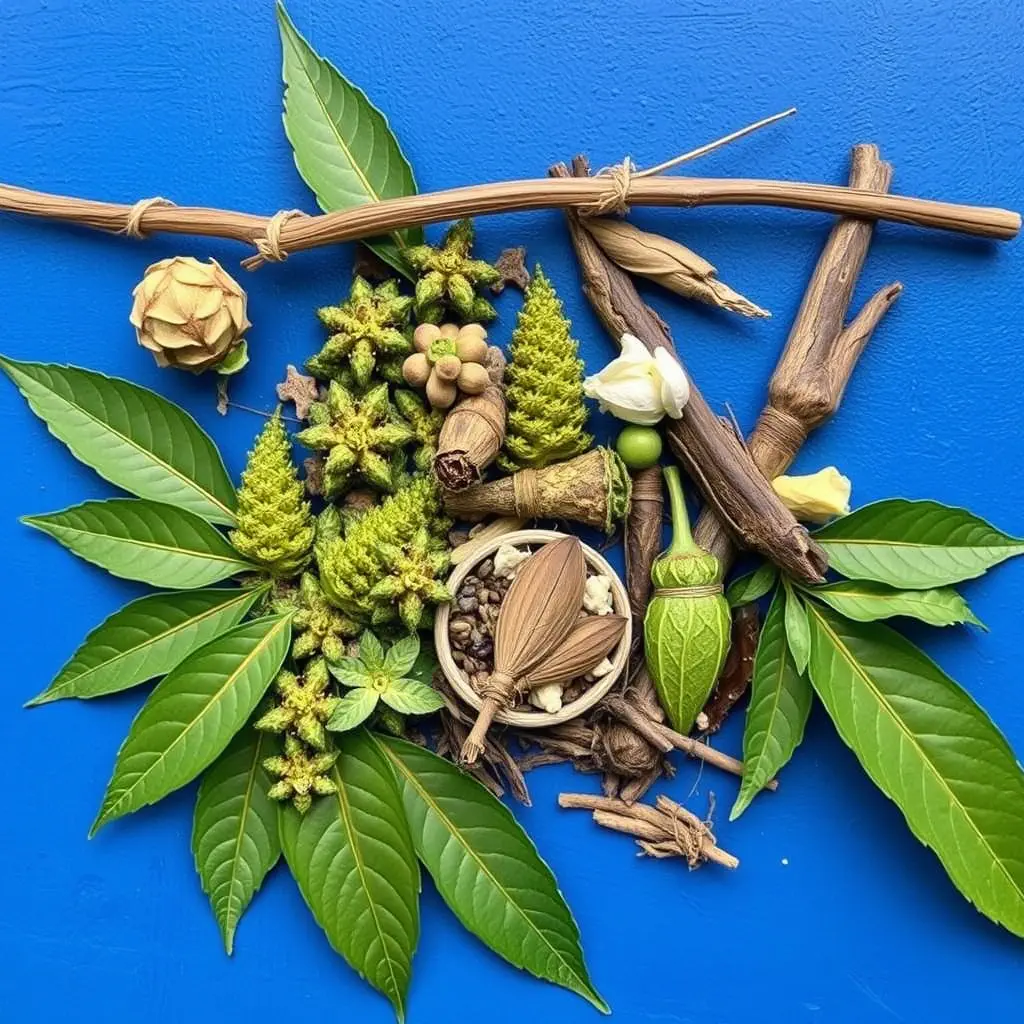The text discusses the potential of kratom, a natural substance derived from the mitragynine speciosa tree, as an option for anxiety relief with kratom, particularly for those with social anxiety disorder (SAD). Kratom's active compounds, such as mitragynine and 7-hydroxymitragynine, are believed to engage opioid receptors in the brain, potentially offering anxiolytic effects by influencing mood-regulating neurotransmitters. Users often report a sense of calm and improved social confidence when using kratom responsibly. However, due to its complex effects, it is essential for individuals to consult healthcare professionals before incorporating kratom into their anxiety management regimen. The text emphasizes that while preliminary research suggests kratom may provide anxiety relief with kratom, further studies are needed to fully understand its mechanisms, especially regarding its impact on the limbic system. It is important to note that the FDA has not endorsed kratom for medical use, and users should be aware of its potential side effects and interactions with other treatments or conditions. A balanced approach that combines kratom with established therapies like Cognitive Behavioral Therapy (CBT) and lifestyle adjustments is recommended for effective and lasting anxiety relief with kratom, ensuring a comprehensive strategy for managing SAD symptoms. Always seek professional medical advice before using kratom as part of your health care plan.
Exploring the complexities of social anxiety, this article delves into the potential of Kratom as a natural aid in alleviating its debilitating effects. We examine how Kratom might offer anxiety relief with its unique mechanisms, and discuss integrating it within a comprehensive support strategy for those grappling with Social Anxiety Disorder (SAD). Understanding its impact on SAD symptoms is crucial for those seeking alternative methods to manage their condition effectively. Join us as we navigate the intricacies of Kratom’s role in this realm and offer insights into how it can be a valuable addition to one’s holistic approach to social anxiety support.
- Exploring Kratom's Role in Mitigating Social Anxiety: A Natural Approach to Anxiety Relief with Kratom
- Understanding Kratom's Mechanisms and Its Impact on Social Anxiety Disorder (SAD) Symptoms
- Integrating Kratom into a Holistic Support Strategy for Social Anxiety Relief
Exploring Kratom's Role in Mitigating Social Anxiety: A Natural Approach to Anxiety Relief with Kratom

Mitigating social anxiety can be a significant challenge for many individuals, often requiring a multifaceted approach that includes both psychological interventions and natural remedies. Among these natural alternatives, Kratom has garnered attention as a potential aid in achieving anxiety relief with kratom. Originating from Southeast Asia, Kratom ( Mitragyna speciosa) is a tropical evergreen tree belonging to the Rubiaceae family. Its leaves have been traditionally used for centuries, and more recently, have been studied for their potential impact on mood regulation and stress response. Specific alkaloids within Kratom, such as 7-hydroxymitragynine and mitragynine, are believed to interact with the body’s opioid receptors, which may contribute to its anxiolytic effects. Users reporting anxiety relief with kratom often cite a sense of calm and improved social confidence when used responsibly. It’s important for those considering Kratom as part of their social anxiety support strategy to consult healthcare professionals, given the nuanced nature of its effects and the necessity of personalized treatment plans. As research continues to unfold, the role of Kratom in providing anxiety relief with kratom remains an area of ongoing exploration, offering a promising natural avenue for those navigating the complexities of social anxiety.
Understanding Kratom's Mechanisms and Its Impact on Social Anxiety Disorder (SAD) Symptoms

Kratom, a tropical evergreen tree native to Southeast Asia, has garnered attention for its potential role in anxiety relief, particularly in managing symptoms associated with social anxiety disorder (SAD). The mechanisms by which kratom may exert its effects are multifaceted and involve its interaction with the brain’s opioid receptors. Mitragynine and 7-hydroxymitragynine, the primary active compounds in kratom, bind to mu, delta, and kappa opioid receptors, which can influence mood regulation and pain perception. This binding action can lead to a modulation of neurotransmitters such as serotonin and dopamine, which play pivotal roles in regulating emotional responses and social behavior.
Research suggests that kratom may offer anxiety relief with kratom by promoting feelings of calmness and well-being, potentially reducing the physiological symptoms of SAD, such as increased heart rate, sweating, trembling, and muscle aches. The anxiolytic properties of kratom might be attributed to its effects on the brain’s limbic system, which is involved in emotional processing and memory. However, it is crucial to approach the use of kratom with caution, as the FDA has not approved it for medical conditions, and more human-focused research is necessary to elucidate its efficacy and safety profile for managing SAD symptoms. Users considering kratom for anxiety relief should consult healthcare professionals to ensure safe and appropriate usage, given the potential for side effects and the complex interplay with other medications or mental health conditions.
Integrating Kratom into a Holistic Support Strategy for Social Anxiety Relief

Kratom, a mitragynine-speciosa plant native to Southeast Asia, has garnered attention within holistic health circles as a potential aid for those seeking anxiety relief with kratom. Its alkaloids are believed to interact with the brain’s receptors, potentially offering anxiolytic effects that can help individuals cope with social anxiety. When integrated into a comprehensive support strategy, kratom may provide a calming influence, allowing users to navigate social situations with more confidence and less distress. It is important, however, to approach its use with caution, as the appropriate dosage and strain are critical for therapeutic effects and avoiding adverse reactions.
A well-rounded holistic strategy for social anxiety should encompass various modalities, including therapy, lifestyle changes, and, where applicable, the judicious use of kratom for anxiety relief with kratom. This multifaceted approach ensures a balanced and personalized plan that considers an individual’s unique needs. Kratom can be one component of this larger puzzle, complementing other treatments such as cognitive-behavioral therapy (CBT) or mindfulness practices. By combining these elements, individuals may find a more effective and sustainable method for managing social anxiety and improving their overall quality of life. As with any supplement or treatment, it is advisable to consult healthcare professionals before incorporating kratom into one’s routine, especially considering its regulatory status and potential interactions with other medications.
Kratom’s potential as a natural remedy for those grappling with social anxiety presents a promising avenue for anxiety relief with kratom. The article has delved into the mechanisms behind its effects and outlined how it may be integrated into a comprehensive support strategy. While this herbal option offers a unique approach, it is imperative to approach its use with caution and under appropriate guidance, considering the nuances of individual responses and the importance of a multifaceted therapeutic plan. Future research is essential to further elucidate kratom’s efficacy and safety for social anxiety disorder, ensuring informed decision-making and supportive care for individuals affected by this condition.






